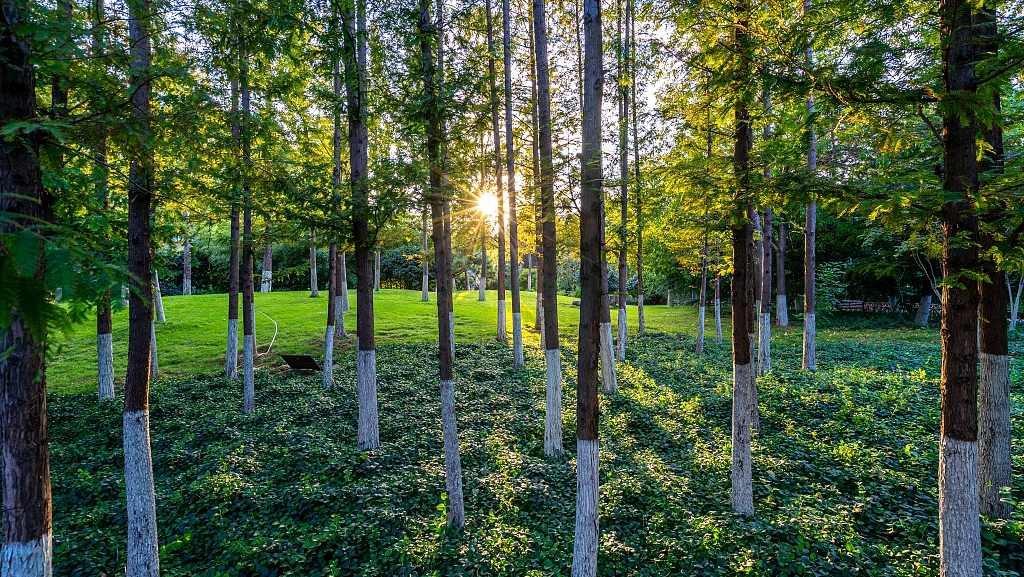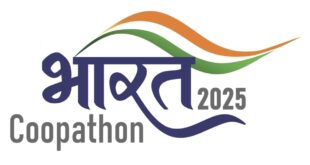 Dr. Seema Javed
Dr. Seema Javed 
Under the February notification, the central and state forest departments have been tasked with identifying and making available ‘degraded land parcels,’ at least 5 hectares in area, under their administrative jurisdiction and management, including open forest and scrub land, wasteland and catchment areas for tree plantation activities aimed at increasing India’s green cover.
The Indian Council of Forestry Research and Education (ICFRE), which has been denoted as the administrator for the Green Credit programme, will be in charge of receiving applications and proposals from entities willing to undertake tree plantation activity and allocating land from the parcels identified. Upon the payment of tree plantation and administrative costs, the forest department will carry out the tree plantation under direction from the ICFRE and in accordance with the work plan for the project. The timeline to undertake this activity has been set as two years from the date of payment.
It proposes a range between 100-1,000 trees per hectare along with an identification of species in line with agro-climatic and soil conditions. It also proposed a phased issuance of credits over a 10-year period following plantation in order to incorporate factors such as survival rate, tree growth and crown cover. Additionally, a multiplication factor in accordance with annual rainfall levels found a place in the draft. It is important to note that while survival rates of trees in plantations vary greatly from case to case, literature indicates an average survival rate of around 50% for public tree plantations. The choice of species, method of plantation and post-plantation care have been identified as strong influencing factors in the survival of species.
Under the final framing, the activity of plantation by itself is eligible for credits, all of which can be granted upon verification. Notably, however, the final methodology remains silent on how this verification will be done and who will be responsible for it. These issues raise important questions around the credibility of Green Credits.
 Jubilee Post News & Views
Jubilee Post News & Views





